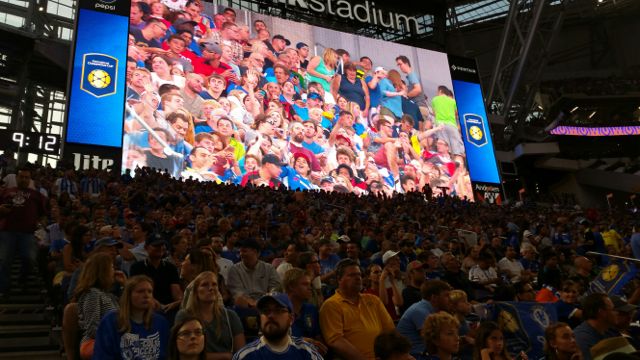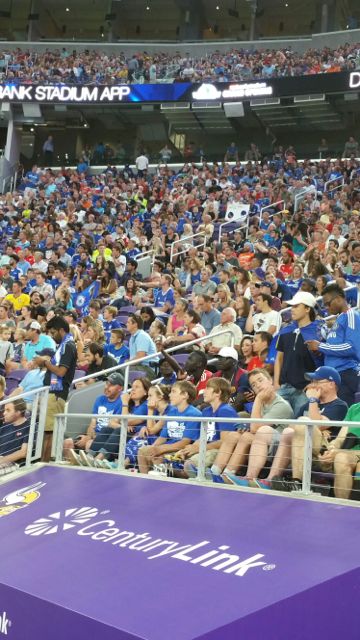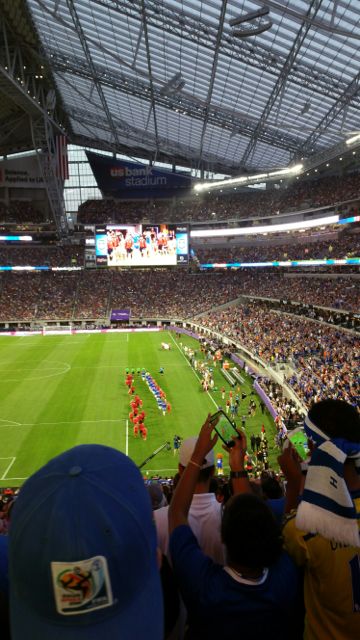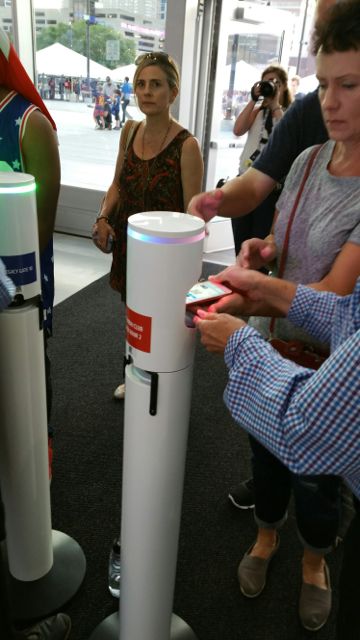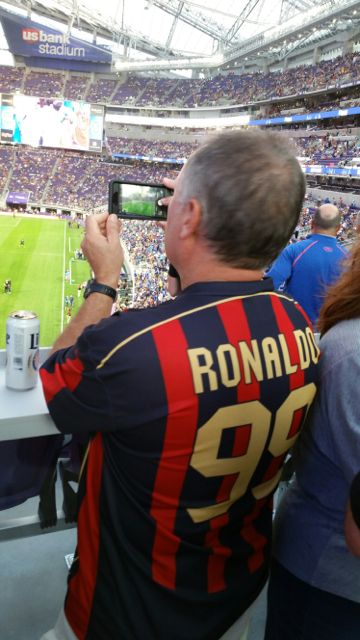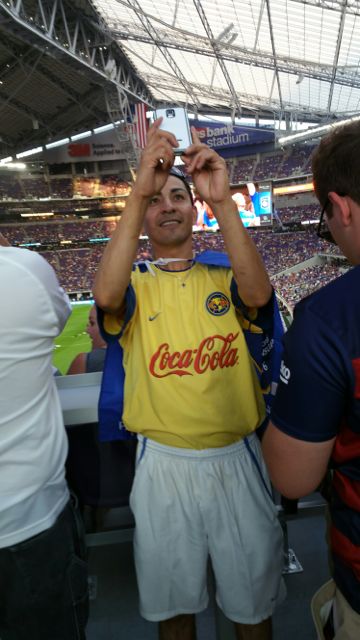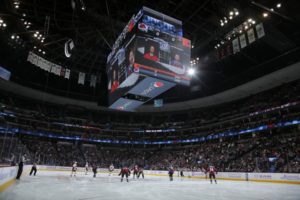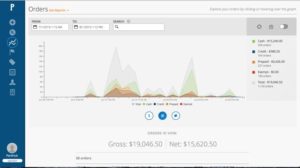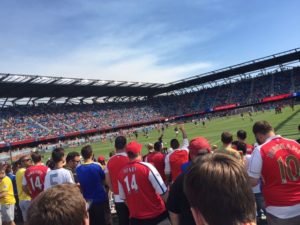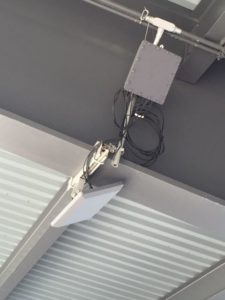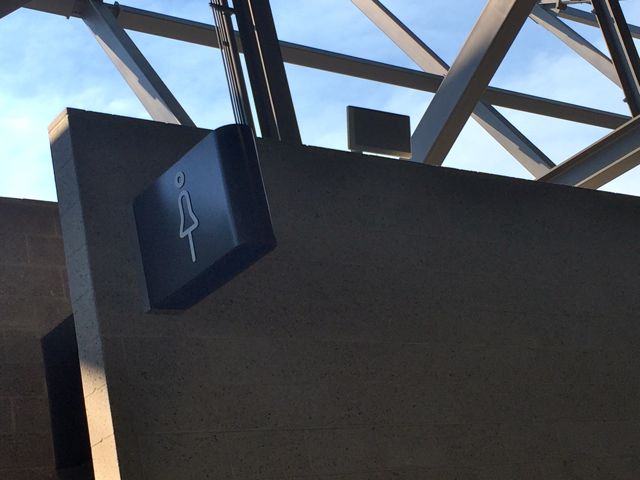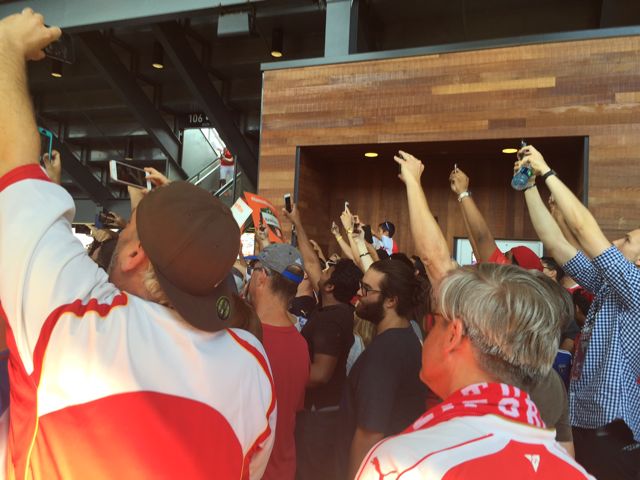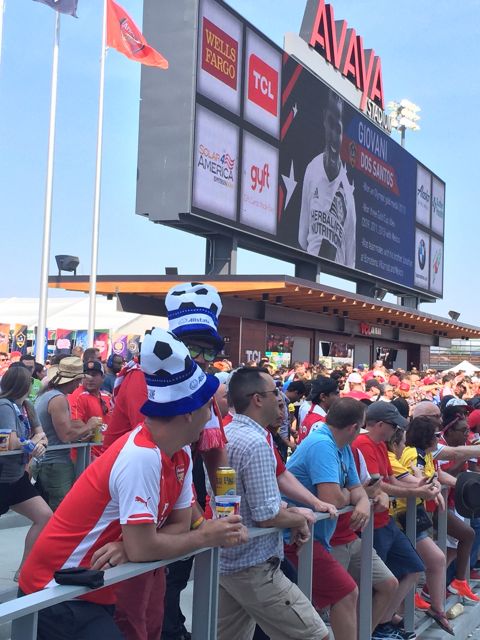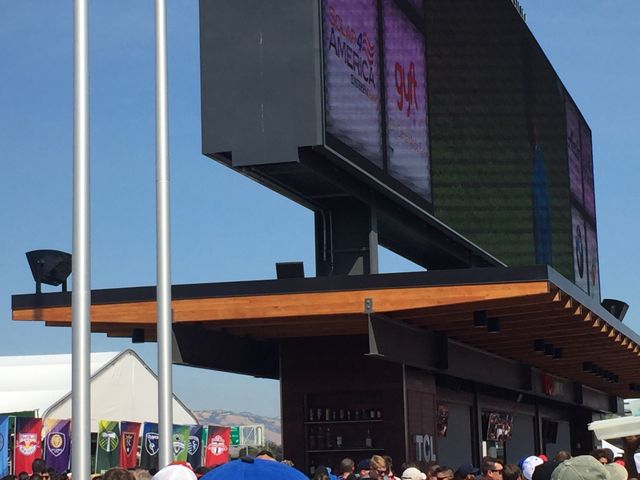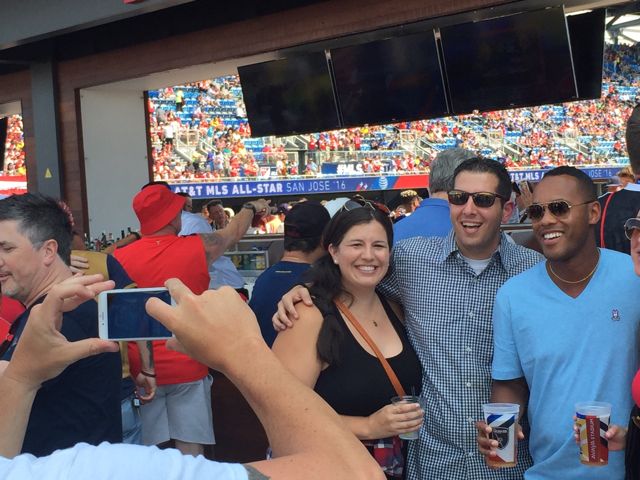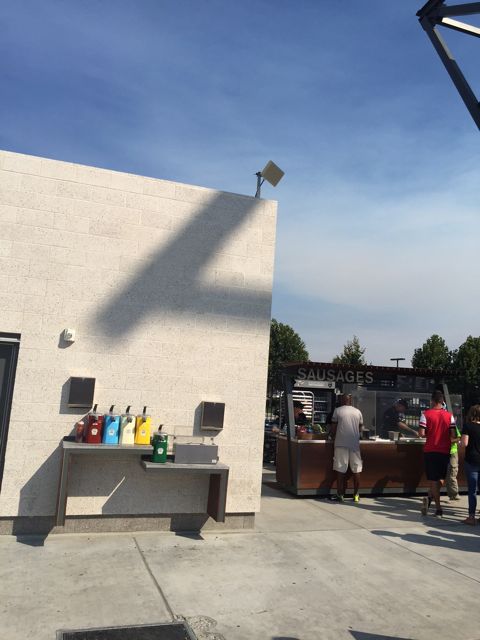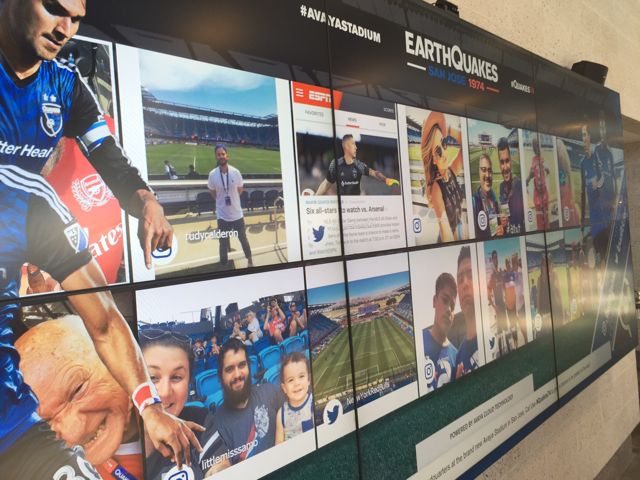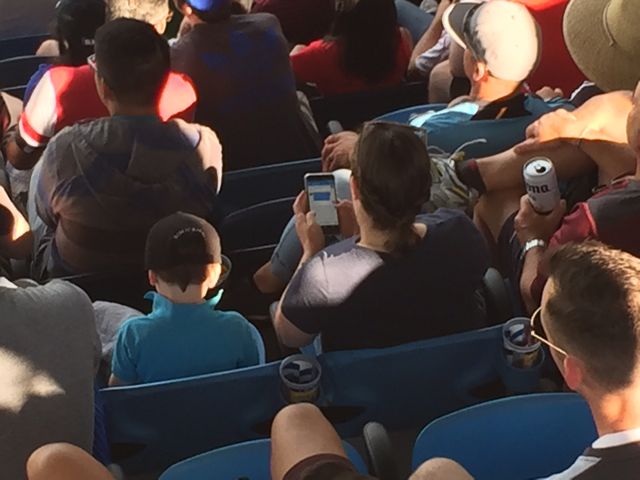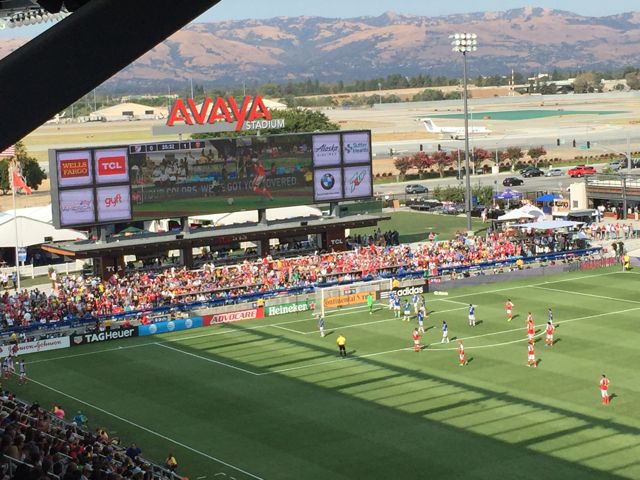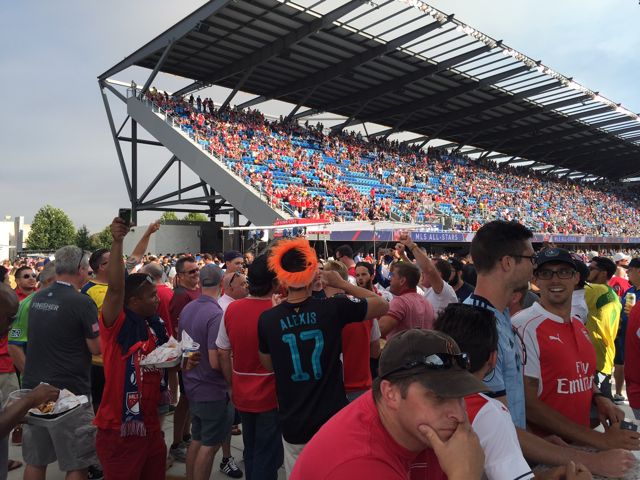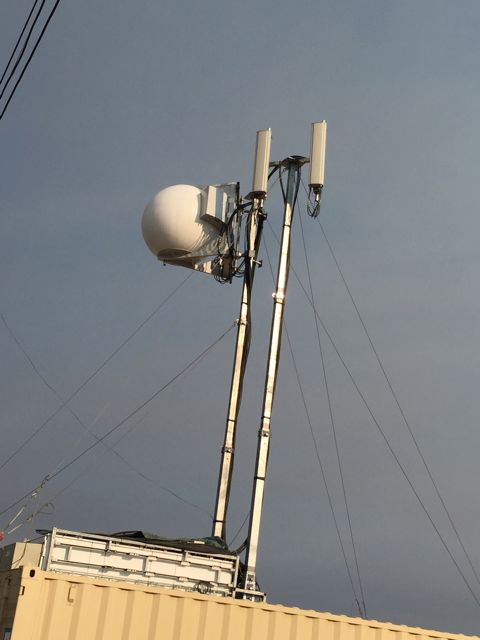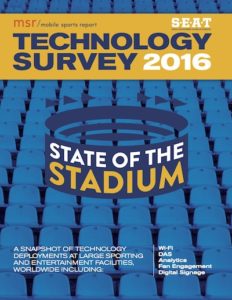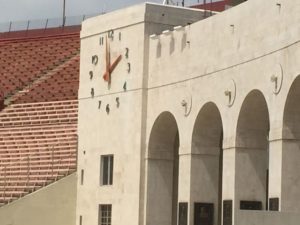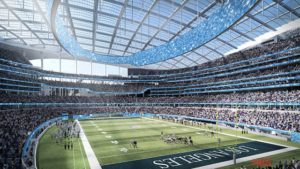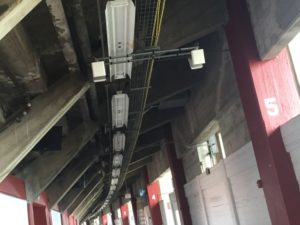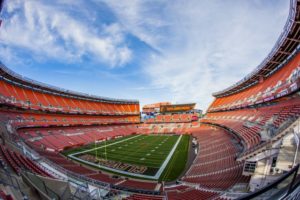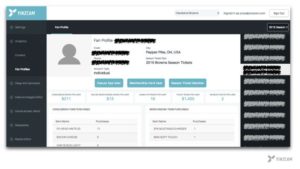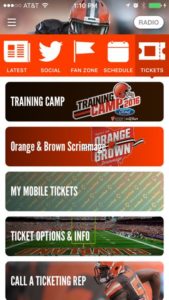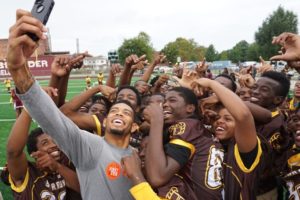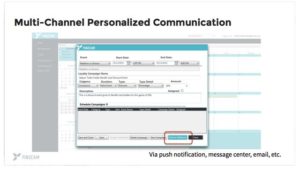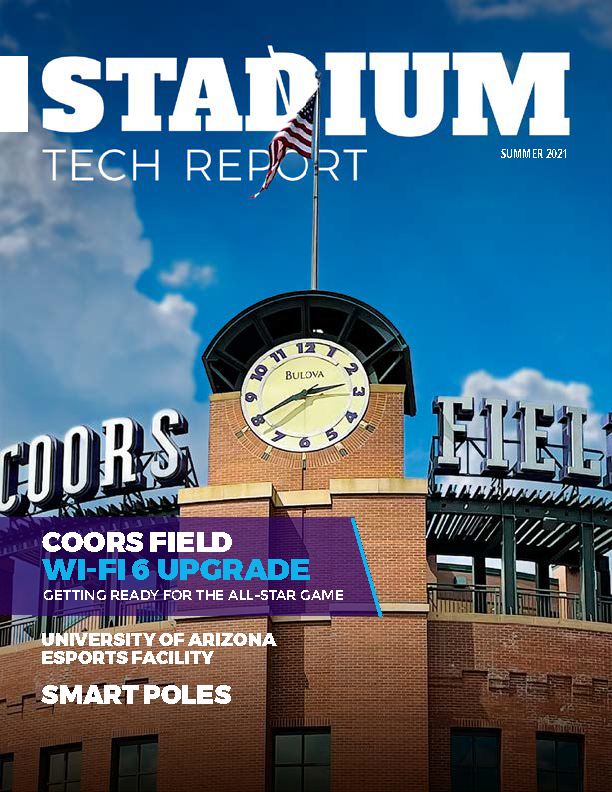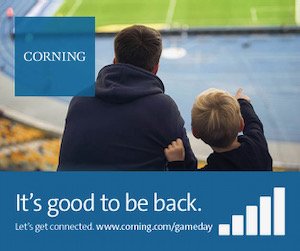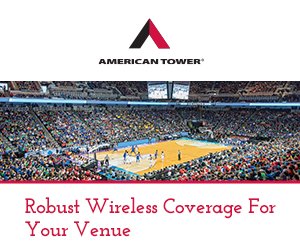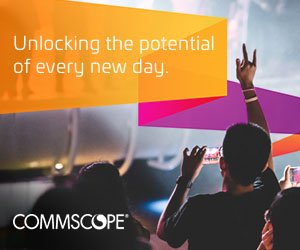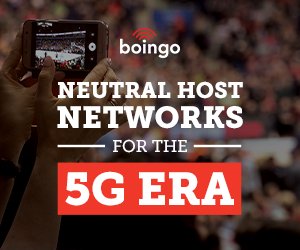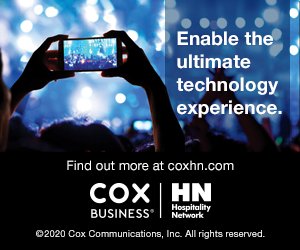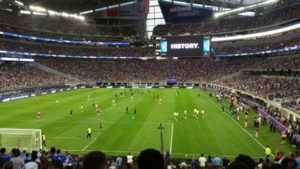
US Bank Stadium during its opening event, Aug. 3. Credit all photos: Pat Coyle, AmpThink (click on any photo for a larger image)
With any new stadium — and especially with flashy new stadiums like US Bank — there are always unexpected issues that arise when you finally fill the place with ticket buyers. Though we weren’t there, a good amount of reporting from the local paper and scans of social media found generally favorable reviews of the building itself, especially the natural-light atmosphere fostered by the large glass roof (OK, it’s actually an advanced plastic roof).
Among scattered reports of food shortages at concession stands, and foot-traffic issues probably caused by many fans taking just-in-the-door selfies, there were visual confirmations that the Vikings’ plan to have fans use light rail to get to the stadium suffered from some of the issues that plagued Levi’s Stadium early on: Not enough trains or cars on trains to handle the big post-game crush.
Number of times I will take the light rail after a game at @usbankstadium = 0. pic.twitter.com/Rt12Ot8f83
— Kris Lien (@tuffer21) August 4, 2016
Apparently plans we heard to offer overflow bus service haven’t yet materialized, but now the stadium operators have some real data to use to prepare for the first Vikings game, an Aug. 28 preseason tilt, followed on Sept. 18 with the first regular-season game at US Bank Stadium, versus the Vikings’ main rivals, the Green Bay Packers.
The new app built for US Bank Stadium by VenueNext was available for download, but it didn’t include any ability for fans to order food from the app either for express pickup or in-seat delivery during Wednesday’s game. According to VenueNext, express pickup and in-seat delivery services will start during the Vikings preseason games, starting first in small select areas and later expanding to more parts of the stadium.
We also didn’t get any speed tests of the Wi-Fi or cellular networks in the building, so if you were there, let us know how the wireless worked (or didn’t). We would like to thank Pat Coyle from AmpThink for the on-the-scene photos below.
